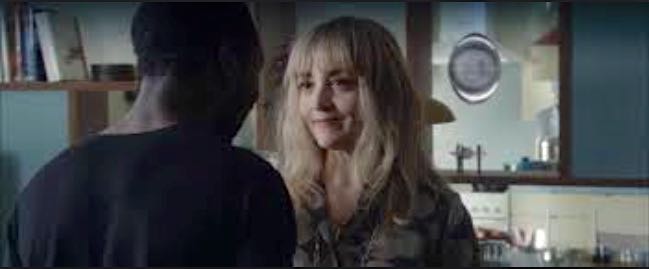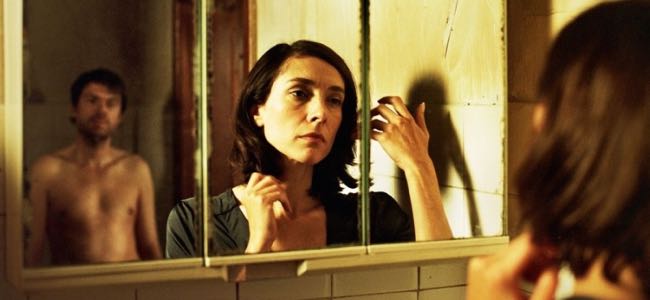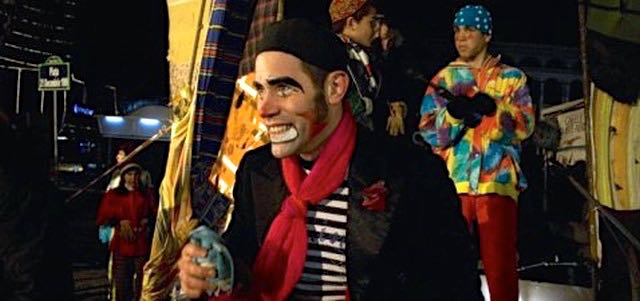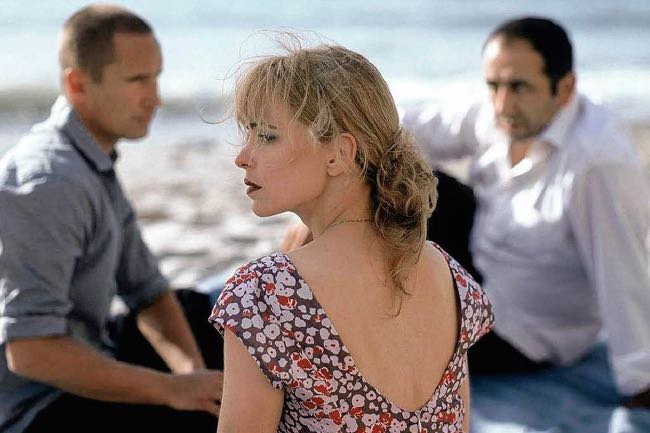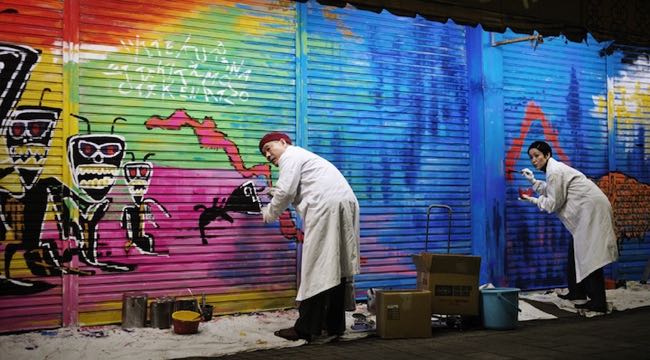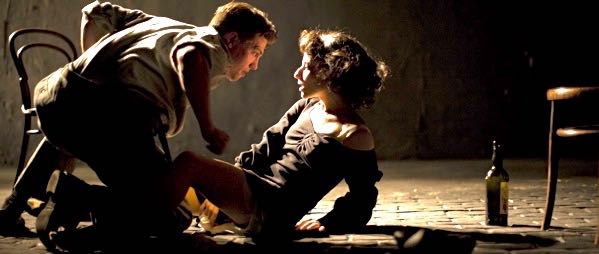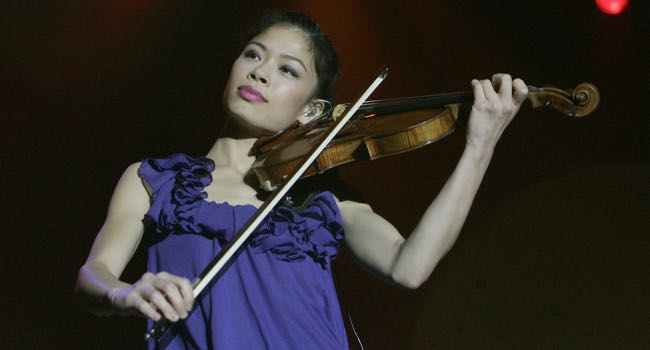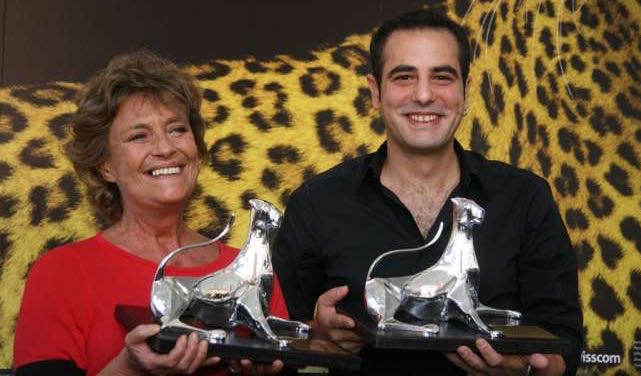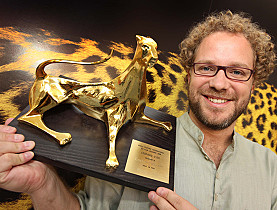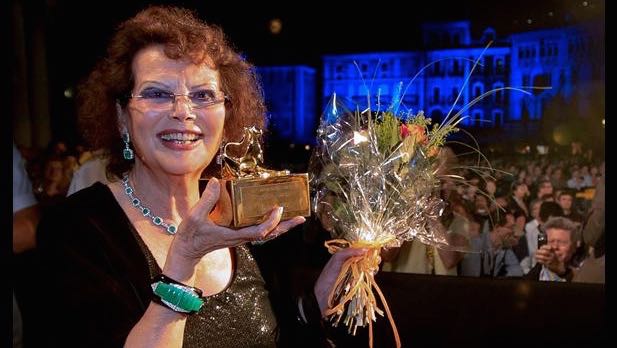VENICE – A metaphor for the inexpressible grief a woman feels after she loses her only child in the great Asian tsunami in 2005, Fabrice du Welz’s “Vinyan” turns into a murky, wet jungle picture. It tells of a desperate journey up river into a hot and sweaty land populated with what might be the offspring of those weird looming figures in “Apocalypse Now.” As Chef Hicks says in that movie: “Never leave the boat.”
The film turns from a heartfelt examination of loss into a would-be horror tale filled with drunken dreams and hallucinations, and loses its way to leave stars Emannuelle Beart and Rufus Sewell, who do the best they can, to wander lost in a morass of thick forest and missed opportunities. As the drama is not dramatic and the horror is not horrifying, the film will be difficult to sell.
The intriguing opening shows Jeanne (Beart) and Paul (Sewell) as they still struggle with the loss of their son Joshua, who was swept away in the tsunami in Thailand. It’s been six months, but they’ve stayed on in Phuket, where Paul works as an architect.
At a charity fundraiser, social worker Kim (Julie Dreyfuss) shows video of her work with children in Burma, where dire poverty drives parents to sell their children. It sounds like a buyer’s market but Jeanne thinks she sees her son in his Manchester United shirt pictured among the rootless kids and becomes convinced that he’s been literally sold up the river.
She determines to find the Burmese operator, Thaksin Gao (Petch Osathanugrah), who helped Kim enter the country, and go to find her child. The film’s credibility takes another hit as, rather than simply getting Gao’s number from Kim, Jeanne plunges into the chaotic and dangerous world of Phuket nightlife to ask if anyone knows the man. Paul goes after her and Du Welz portrays a maelstrom of images before a man named Boomsong (Joey Boy) tells them to forget Gao and he will take them into Burma.
What follows is a predictable tale of bribery and treachery as they finally find Gao and foray into an almost impenetrable part of the world. Paul tries to keep a cap on Jeanne’s increasingly frenetic and impulsive behavior while Gao leads them from one island to another in deep mist and heavy rain.
The final act sees Paul and Jeanne alone in a world of lost children with lots of mystical references to death and spirits, as Jeanne’s pain and guilt erupts in hatred and madness after she concludes that Paul was responsible for losing their son. Never leave the boat!
Venice Film Festival, Out of Competition; Cast: Emannuelle Beart, Rufus Sewell, Petch Osathanugrah, Joey Boy; Director, screenwriter: Fabrice du Welz; Director of photography: Benoit Debie; Production designer: Arin Pinijvararak; Music: Francoise-Eudes Chanfrault; Costume designers: Geraldine Picron, Pensri Boonjareon; Editor: Colin Monie; Producer: Michael Gentile. Executive producers: Peter Carlton, Adrian Politowski, Nadia Khamlichi, Jeremy Burdek; Production companies: Michael Gentile, Film4; Not rated; running time, 96 minutes.
This review appeared in The Hollywood Reporter.


